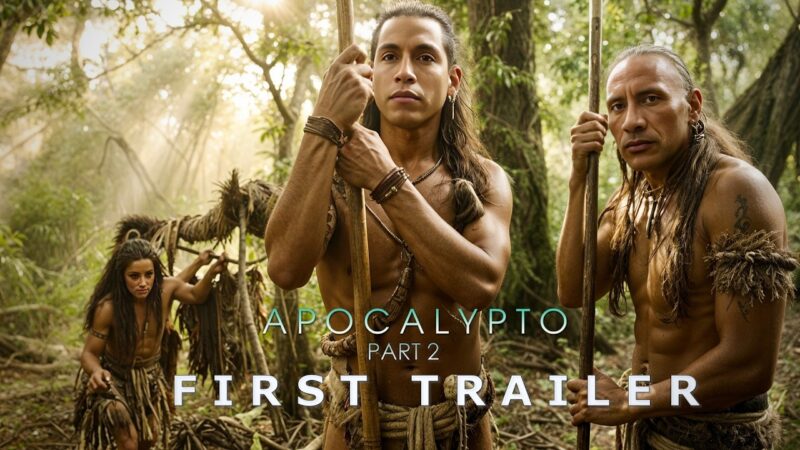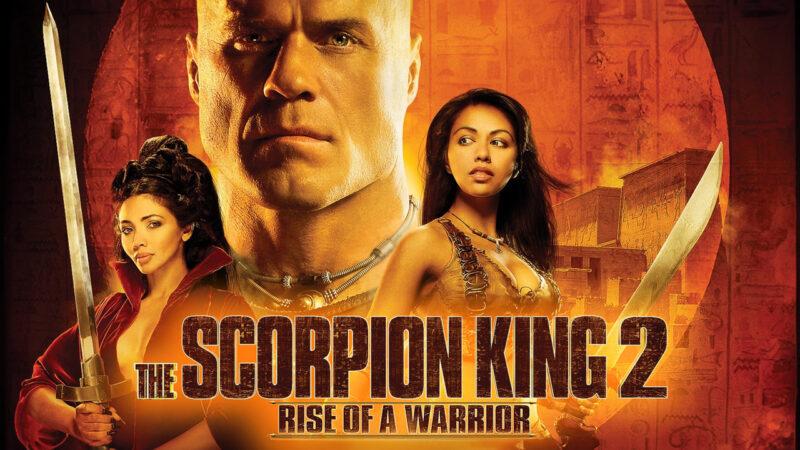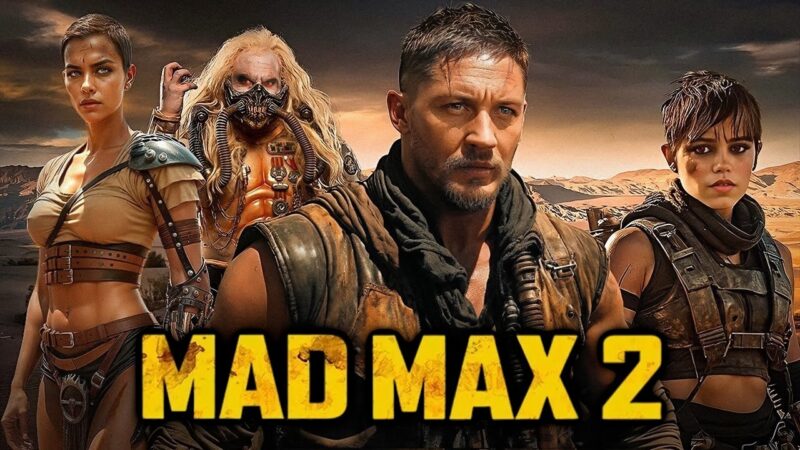Titanic 2: The Last of Us (2021)🎬🎬

Titanic II: A Modern Voyage into Disaster

In the shadow of James Cameron’s monumental Titanic (1997), a cinematic masterpiece that captured hearts worldwide with its epic romance and historical tragedy, a lesser-known film dared to sail into similar waters. Titanic II (2010), directed by Shane Van Dyke and produced by The Asylum, is not a sequel to Cameron’s classic but a standalone, low-budget venture that attempts to reimagine the Titanic legacy. Despite its ambitious premise, the film has often been misunderstood, with some fans mistakenly linking it to fictional projects like “Titanic 2: The Last of Us”, a title that has sparked confusion online. This article dives into the reality of Titanic II, its production, reception, and the myths surrounding its supposed connections to other franchises.
A New Titanic for a New Era
Released in 2010, Titanic II tells the story of a modern luxury liner, also named Titanic II, launched on the 100th anniversary of the original RMS Titanic’s ill-fated voyage in 1912. The ship, designed to replicate the grandeur of its predecessor, sets sail with state-of-the-art technology and a promise of safety. However, history repeats itself when a tsunami, triggered by melting Arctic ice, sends an iceberg crashing into the vessel, leading to a catastrophic sinking. The plot follows Hayden Walsh (Shane Van Dyke), a ship designer, and Amy Maine (Marie Westbrook), a nurse, as they fight to survive the disaster.

Unlike Cameron’s Titanic, which blended historical accuracy with a poignant love story starring Leonardo DiCaprio and Kate Winslet, Titanic II leans heavily into the disaster genre with a modest budget of approximately $500,000. Produced by The Asylum, a studio known for “mockbusters” like Sharknado, the film was designed as a direct-to-TV and DVD release, capitalizing on the Titanic name without the backing of major studios like Paramount Pictures or 20th Century Fox.
Production and Challenges
Filming for Titanic II took place primarily aboard the RMS Queen Mary, a retired ocean liner docked in Long Beach, California, which served as a stand-in for the fictional Titanic II. The production relied on practical sets and limited visual effects, a stark contrast to the groundbreaking CGI and massive Titanic replica used in Cameron’s 1997 film. The Asylum’s approach prioritized speed and cost-efficiency, resulting in a film that struggles with pacing, dialogue, and technical polish.

Despite these limitations, the cast, including Bruce Davison as a seasoned captain, delivers moments of sincerity. Davison’s performance, in particular, has been singled out by critics as a highlight, bringing gravitas to an otherwise formulaic script. However, the film’s low production values and predictable plot failed to capture the emotional depth or spectacle of its predecessor.
Reception: A Sinking Ship?
Upon release, Titanic II received largely negative reviews. Critics noted its inability to escape the shadow of Cameron’s Titanic, with many calling it a pale imitation. The special effects, particularly the iceberg collision and sinking sequences, were criticized for their lack of realism, and the storyline was deemed clichéd. On IMDb, the film holds a rating of 1.6/10, reflecting its poor reception among viewers. However, some fans of B-movies appreciate its campy charm, viewing it as a guilty pleasure in The Asylum’s catalog.
The film’s release also coincided with renewed interest in the Titanic legacy, as 2012 marked the centennial of the original disaster. This timing helped Titanic II gain modest attention, though it never achieved mainstream success.
Clearing the Confusion: “Titanic 2: The Last of Us”?

In recent years, rumors of a “Titanic 2: The Last of Us” have circulated online, leading to confusion among fans. Some have speculated that this is a 2021 sequel to Titanic involving Leonardo DiCaprio and Kate Winslet, possibly tied to the post-apocalyptic world of The Last of Us, a popular video game and HBO series (2023-2025). However, no such film exists. The confusion likely stems from two sources:
-
Fan-Made Content: Social media platforms like YouTube have hosted parody trailers for a fictional Titanic 2: The Return of Jack, featuring edited footage of DiCaprio and Winslet from other films. These fan-made projects, while creative, are not official productions.
-
Misidentification with The Last of Us: The HBO series The Last of Us, based on the 2013 game, has no connection to the Titanic story. Its focus on a fungal pandemic and characters like Joel and Ellie is entirely separate from maritime disasters. The erroneous title “Titanic 2: The Last of Us” may be a conflation of these distinct franchises.
These misconceptions highlight the enduring fascination with the Titanic narrative, as fans and creators continue to imagine new stories tied to the iconic ship.
Legacy and Lessons
Titanic II (2010) may not have reached the heights of James Cameron’s Titanic, but it serves as a curious footnote in the legacy of Titanic-inspired media. It reminds us of the challenges of revisiting a cultural juggernaut and the risks of low-budget filmmaking in the shadow of a blockbuster. For fans of disaster films or The Asylum’s quirky output, Titanic II offers a quick, if flawed, voyage.
As for the mythical “Titanic 2: The Last of Us”, it remains a product of internet folklore, a testament to the power of fan imagination. The real Titanic story, both historical and cinematic, continues to captivate audiences, proving that some ships—whether real or fictional—never truly sink.
TRAILER MOVIE🎥👇👇:





